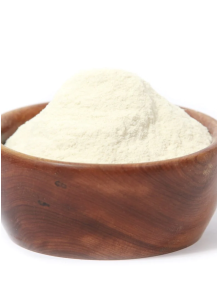Chitosan (300,000 Dalton, DAC 85%)
Cosmetics
Code: 35325
It has many uses in cosmetics and personal care products because of its unique properties.
Cart
No products
Subtotal:
0.00
Total
0.00
THB



